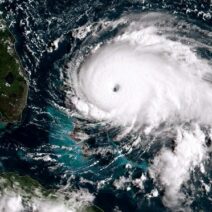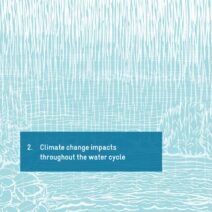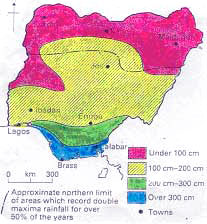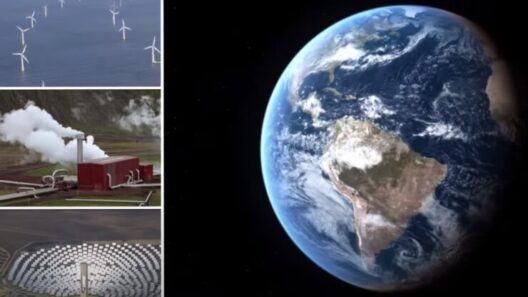The law of conservation of energy, often perceived as an immutable principle of physics, states that energy cannot be created or destroyed; it can only change forms. This principle serves as a cornerstone in various scientific domains, from thermodynamics to quantum mechanics. Yet, the question arises: is there ever a time when the law of energy conservation does not hold? At first glance, it may seem as though this fundamental law is inviolable—unyielding like the bedrock of a mountainside. However, upon probing deeper into the realm of theoretical physics and certain exotic phenomena, one can uncover nuances that challenge conventional assumptions.
To begin, it is essential to contextualize the law of conservation of energy within the framework of classical physics. At its core, this law implies that the total energy within an isolated system remains constant. Imagine a perfectly sealed container filled with various states of energy, akin to a treasure chest teeming with riches. Regardless of how the treasures are rearranged—whether transformed from kinetic to potential energy or from thermal energy to electrical energy—none can be added or taken away from this chest. Yet, the intrigue arises when one ventures into the complicated territories of quantum mechanics and cosmology, where the fabric of reality occasionally exhibits perplexing behaviors.
In quantum physics, the concept of “virtual particles” emerges, evoking an intriguing dance of transient energy fluctuations. These particles materialize momentarily in a vacuum, seemingly violating energy conservation. However, they ultimately dissipate before their existence can alter the universe meaningfully, thus adhering to conservation laws when observed over time. They serve as a metaphor for the ephemeral nature of certain experiences—those fleeting moments in life that, while vivid, are impermanent and leave no lasting imprint.
Next, consider the enigmatic realm of black holes. Here, the interplay of energy conservation becomes a paradox wrapped in a conundrum. Theories suggest that when matter succumbs to a black hole’s gravitational pull, the energy contained within it may appear lost to the observable universe, raising questions about the conservation laws. This destination of energy could be likened to a cosmic abyss where light itself falters, an impassable threshold beyond which traditional laws seem to falter. Yet, the principles of thermodynamics still prevail in the form of Hawking radiation, illuminating the intricate relationship between energy and entropy even at the universe’s most extreme junctures.
On a different plane of discussion lies the concept of dark energy, the elusive force driving the accelerated expansion of the universe. This enigmatic entity presents a unique challenge to the law of conservation of energy. Is dark energy an intrinsic property of space itself, or does it emerge from the dynamics of the universe? As the universe stretches, the energy density of dark energy remains constant, suggesting a perplexing reality wherein energy does not diminish with distance. This phenomenon can serve as a metaphor for hope in climate activism—a potent reminder that, even in the face of overwhelming challenges, resilience and innovation are ever-present, forever expanding our capabilities and potential for change.
It is important to differentiate between the principle of conservation and situational anomalies that might suggest a violation. For instance, the energy in an open system, such as our planet, can be influenced by external factors. The sun continuously bathes the Earth in solar energy, converting into chemical energy through photosynthesis. The inherent beauty in this process represents a reconfiguration of energy rather than a violation of conservation principles, illustrating a dynamic interplay between the universe and living systems. Here, the metaphor takes life—akin to a symbiotic relationship where energy flows freely, manifesting as growth and sustainability.
Thermodynamic principles also accentuate the complexities surrounding energy conservation. According to the second law of thermodynamics, energy tends toward a state of disorder or entropy, indicating that the total usable energy within a system will decrease over time. Therefore, while energy remains conserved in quantity, its quality diminishes. This aligns with the principle of sustainability in environmentalism; the energy derived from fossil fuels, for example, is finite and increasingly difficult to harness without detrimental consequences. The relationship between energy and entropy forms a cycle—a reminder that while energy transforms, we must be judicious in how we utilize our resources.
Moreover, in scenarios involving non-equilibrium thermodynamics, energy transfers can exhibit unusual patterns, defying simplistic conservation interpretations. Here, the intricate ballet of molecular interactions and kinetic cascades can lead to temporary imbalances; while energy conservation holds statistically across larger scales, local deviations can arise, much like a wave momentarily cresting before the tide recedes. Such phenomena evoke the idea that while laws govern our understanding, the nuances of real-world applications reveal a rich tapestry of complexity and serendipity.
In conclusion, the law of conservation of energy remains a fundamentally unyielding principle within established scientific paradigms. However, as we explore the frontiers of quantum mechanics, black holes, and the expansive reach of dark energy, we arrive at a rich understanding of its limitations and applications. Our exploration invariably leads to the understanding that while energy cannot be created or destroyed, its manifestations reveal remarkable versatility. Each transformation, each anomalous fluctuation, provides valuable lessons for humanity, especially as we grapple with climate change. The metaphorical dance of energy conservation mirrors our own struggles and triumphs—call it a reflection of hope against the rapidly changing tides of our environment. In the quest for sustainability and a harmonious balance with nature, let us recognize not merely the laws that bind us but the complex narratives that inspire us to act.







